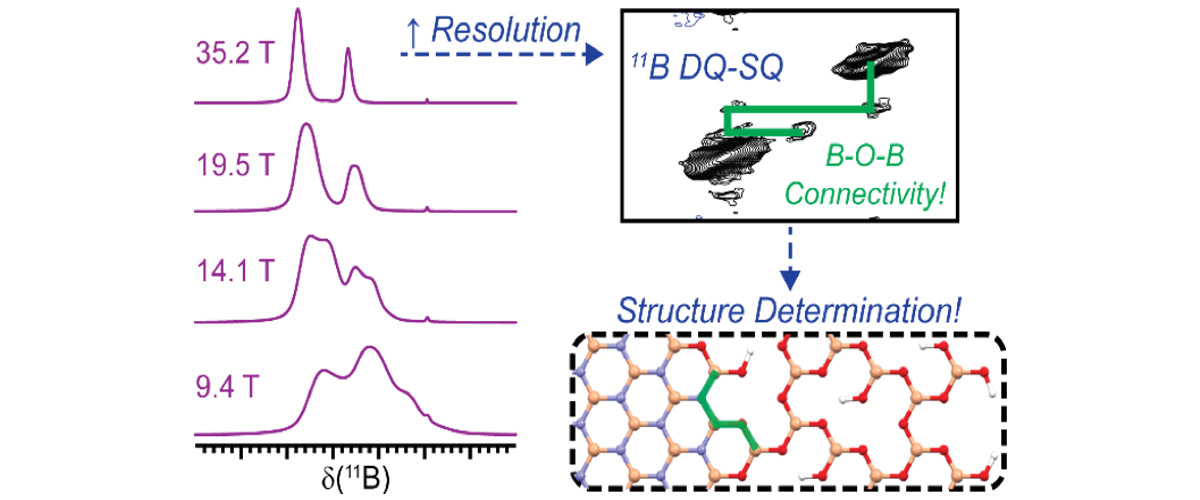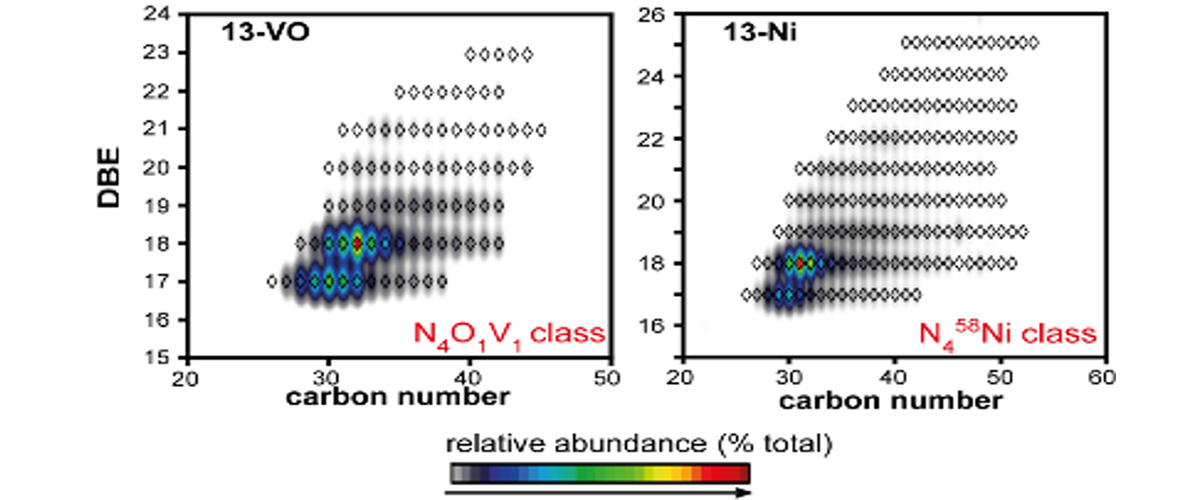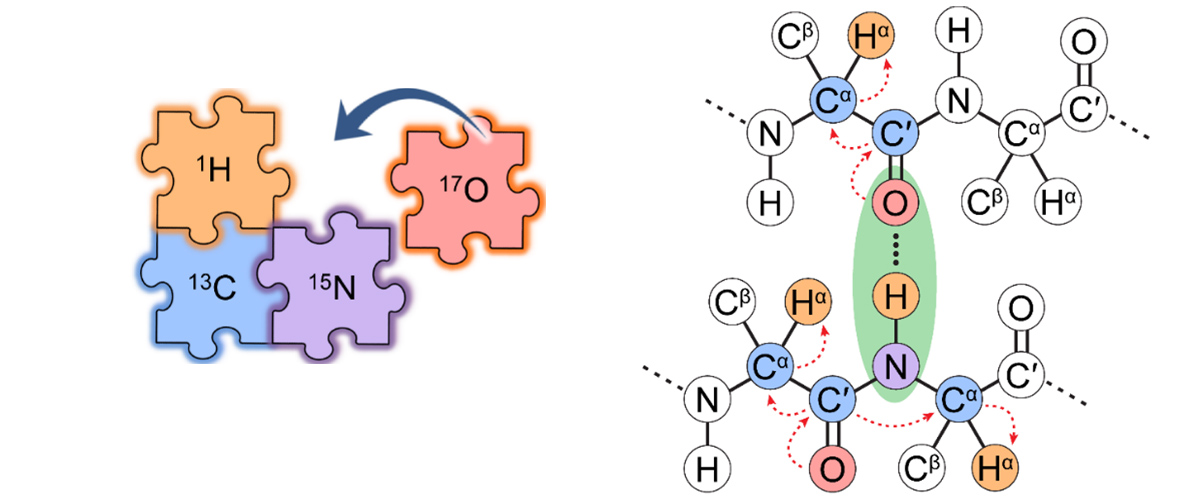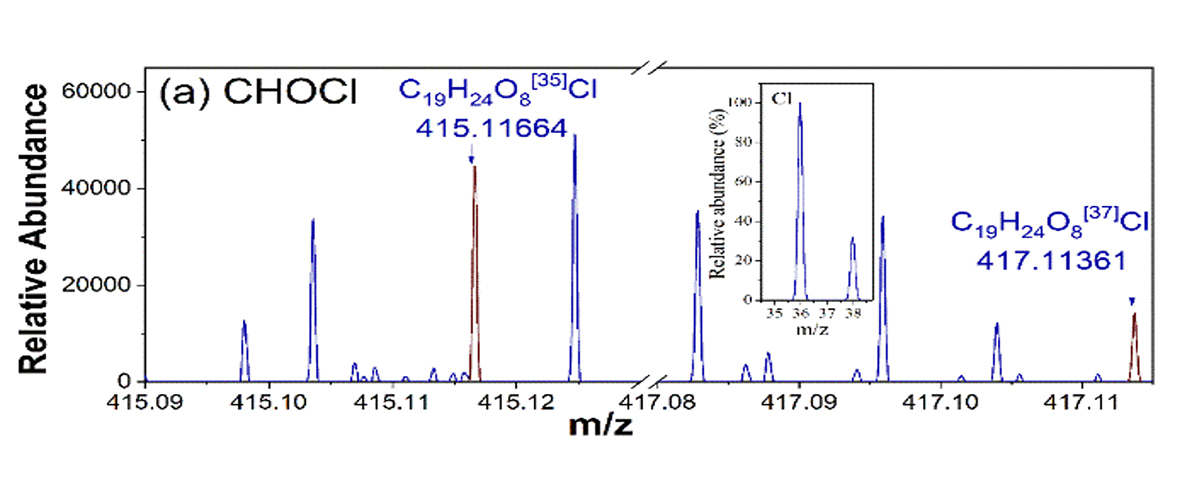What did scientists discover?
Using the highest-field nuclear magnetic resonance (NMR) spectrometer in the world, 11B NMR signal resolution can be increased enough to observe the molecular structures of important catalysts like hexagonal boron nitride and silica-supported boron oxide.
Why is this important?
Boron-based catalysts are highly selective catalysts for the oxidative dehydrogenation of light alkanes to olefins. Light olefins, such as propylene, are critical chemical feedstocks in the manufacture of plastics and other products. This ultra-high field NMR study enabled an accurate determination of structure within these important catalysts. This sheds new light on the active sites for catalysis within boron-based materials, which in turn will facilitate the rational design and development of next-generation catalysts.
Who did the research?
R.W. Dorn,1,2 M.C. Cendejas,3 K. Chen,4 I. Hung,4 N.R. Altvater,3 W.P. McDermott,3 Z. Gan,4 I. Hermans,3 A.J. Rossini1,2
1US DOE, Ames Laboratory, Ames IA; 2Iowa State University, Ames IA; 3University of Wisconsin-Madison, Madison WI; 4National MagLab, Tallahassee FL
Why did they need the MagLab?
The 35.2 Tesla Series-Connected Hybrid (SCH) magnet, is the only magnet capable of providing sufficient resolution and sensitivity to unambiguously identify the structural connectivity of all boron species in these catalysts. The SCH will permit many future studies of boron-based heterogenous catalysts.
Details for scientists
- View or download the expert-level Science Highlight, Structure of Boron-Based Catalysts from 11B Solid-State NMR at 35.2T
- Read the full-length publication, Structure Determination of Boron-Based Oxidative Dehydrogenation Heterogeneous Catalysts With Ultrahigh Field 35.2T 11B Solid-State NMR Spectroscopy, in American Chemical Society Catalysis
Funding
This research was funded by the following grants: I. Hermans & A.J. Rossini (NSF 1916809); G.S. Boebinger (NSF DMR-1644779)
For more information, contact Robert Schurko.






